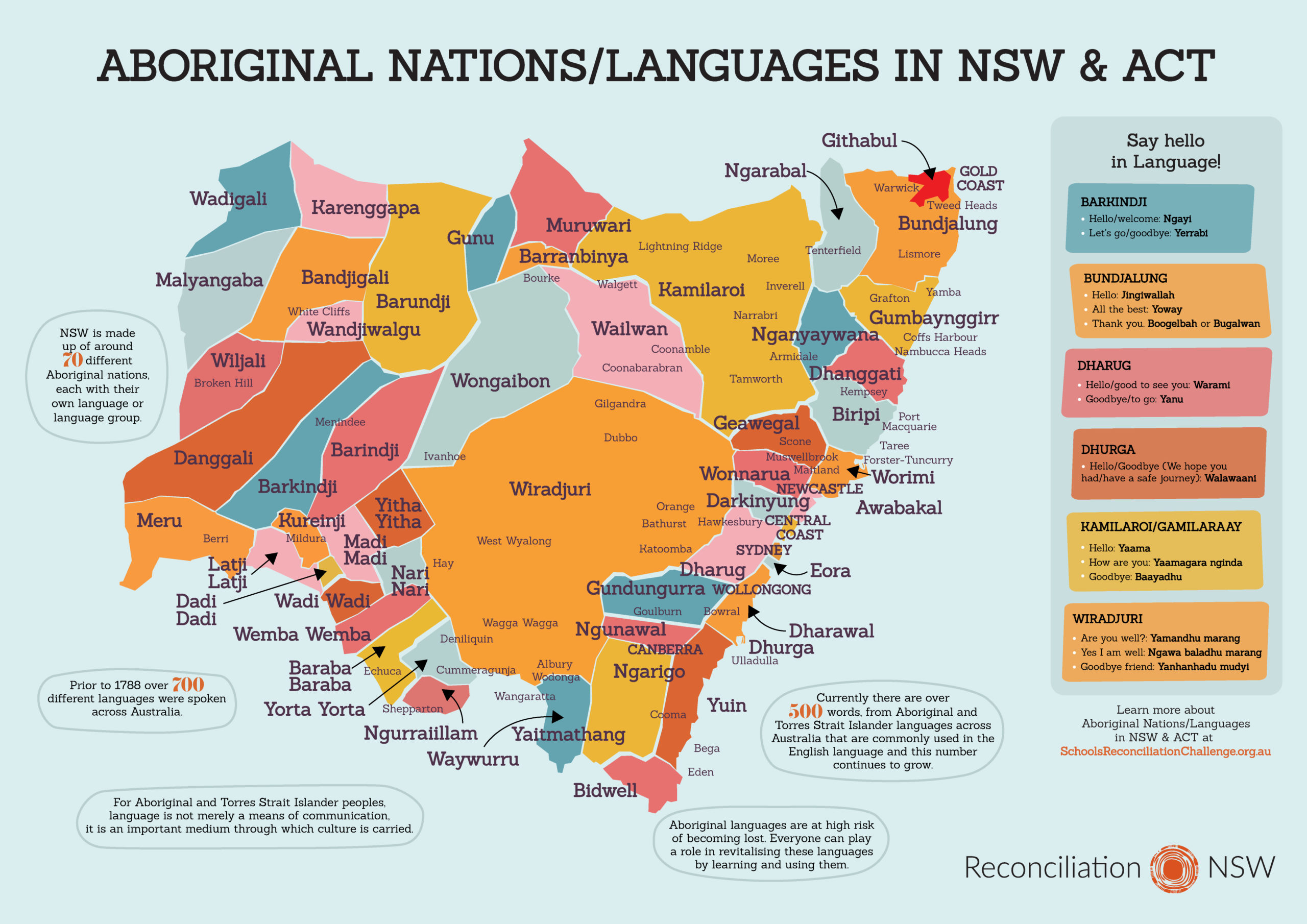The Linguistic Landscape of Australia: A Journey Through Diversity and Evolution
The Linguistic Landscape of Australia: A Journey Through Diversity and Evolution

Australia, a land of vast landscapes and diverse cultures, boasts a vibrant linguistic tapestry. While English reigns supreme as the official language, the nation’s linguistic story is far more nuanced and fascinating. This article delves into the captivating world of Australian languages, exploring their historical roots, contemporary usage, and the ongoing efforts to preserve and revitalize Indigenous languages.
A Legacy of Indigenous Languages:
Related Articles: The Linguistic Landscape of Australia: A Journey Through Diversity and Evolution
- Sharing Your Home With Tiny Tenants: Native Rats In South Australian Urban Areas
- Uncovering The Tapestry Of Time: A Journey Through The Aboriginal Map Of Australia
- Ancient Aboriginal Beliefs: Where Humans And Animals Intertwine
- The Wisdom Of The Ancestors: Uncovering The Timeless Knowledge Of Indigenous Australia
- Outback Bounty: Unlocking The Secrets Of Australian Native Fruits For Radiant Skin
Before European colonization, Australia was home to a rich tapestry of Indigenous languages, spoken by diverse Aboriginal and Torres Strait Islander communities. Estimates suggest over 250 distinct languages existed, each representing a unique cultural heritage and a deep connection to the land. These languages, passed down through generations, were intricately woven into the fabric of Indigenous life, reflecting their profound knowledge of the environment, social structures, and spiritual beliefs.
The arrival of European settlers in the 18th century marked a turning point in the linguistic landscape. English, the language of the colonizers, became the dominant force, leading to the suppression and marginalization of Indigenous languages. Policies of assimilation, coupled with the forced removal of children from their families, severely impacted the transmission of Indigenous languages, leading to their decline.
The Rise of Australian English:
As English became the dominant language, it underwent a transformation, evolving into a unique variety known as Australian English. This distinct dialect, characterized by its unique pronunciation, vocabulary, and grammar, reflects the country’s diverse cultural influences and its geographical isolation.
Pronunciation: Australians are renowned for their distinctive accent, with a tendency towards a broader "a" sound and a characteristic "o" sound in words like "go" and "show." The use of "oi" instead of "oy" in words like "boy" and "enjoy" is another defining feature.
Vocabulary: Australian English boasts a rich vocabulary, including numerous words and phrases unique to the country. Words like "barbie" (barbecue), "dunny" (toilet), and "fair dinkum" (genuine) are just a few examples of the colorful lexicon that sets Australian English apart.
Grammar: Australian English exhibits its own grammatical quirks, such as the use of "she’s" instead of "she has" and the tendency to omit the definite article "the" in certain contexts.
The Enduring Influence of Indigenous Languages:

Despite the challenges they have faced, Indigenous languages continue to exert a profound influence on Australian English. Numerous words and place names of Indigenous origin have been incorporated into the broader vocabulary, enriching the language and preserving a vital cultural connection.
The Fight for Language Revitalization:
Recognizing the importance of preserving Indigenous languages, the Australian government and various organizations have embarked on initiatives to revitalize these languages. These efforts include language immersion programs, community-based language learning initiatives, and the development of resources such as dictionaries and language learning materials.
The Growing Linguistic Diversity of Australia:
Beyond English and Indigenous languages, Australia is home to a diverse array of languages spoken by its multicultural population. The arrival of immigrants from various countries around the world has enriched the linguistic landscape, making Australia a truly multilingual society.

The Role of Language in Identity:
Language plays a vital role in shaping individual and national identity. For Indigenous Australians, language is an integral part of their cultural heritage, connecting them to their ancestors, their land, and their unique way of life. For migrants, language acts as a bridge to their new home, allowing them to connect with the community and build a new identity.
The Future of Languages in Australia:
The future of languages in Australia is one of continued evolution and adaptation. The ongoing efforts to revitalize Indigenous languages are crucial for ensuring the survival of these precious cultural treasures. The growing diversity of languages spoken by migrants will continue to shape the linguistic landscape, reflecting the country’s multicultural reality.
FAQ: Language of Australia

Q: What is the official language of Australia?
A: The official language of Australia is English.
Q: How many Indigenous languages were spoken in Australia before European colonization?
A: Estimates suggest over 250 distinct Indigenous languages existed in Australia before European colonization.
Q: What are some examples of words in Australian English that have Indigenous origins?
A: Examples include "kangaroo," "koala," "boomerang," and "didgeridoo."
Q: What are some initiatives being undertaken to revitalize Indigenous languages?
A: Initiatives include language immersion programs, community-based language learning initiatives, and the development of resources such as dictionaries and language learning materials.
Q: What is the role of language in shaping Australian identity?
A: Language plays a vital role in shaping individual and national identity. For Indigenous Australians, language is an integral part of their cultural heritage. For migrants, language acts as a bridge to their new home.
Q: What is the future of languages in Australia?
A: The future of languages in Australia is one of continued evolution and adaptation. The ongoing efforts to revitalize Indigenous languages are crucial for ensuring their survival. The growing diversity of languages spoken by migrants will continue to shape the linguistic landscape, reflecting the country’s multicultural reality.

Closure
Thus, we hope this article has provided valuable insights into The Linguistic Landscape of Australia: A Journey Through Diversity and Evolution. We thank you for taking the time to read this article. See you in our next article!


